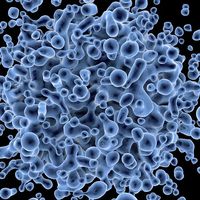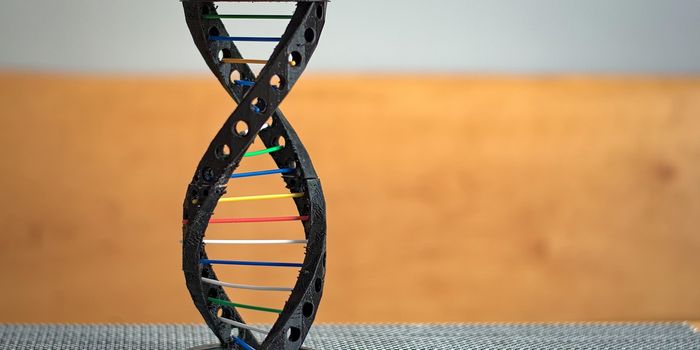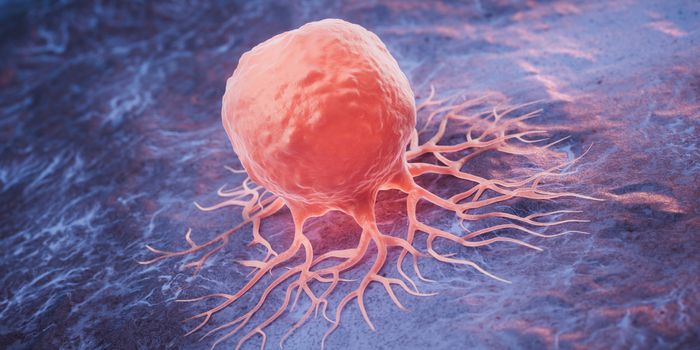Novel Therapy Developed for Aggressive Melanoma Subtype
Neuroblastoma RAS viral oncogene homolog (NRAS)-mutant melanoma is an aggressive form of skin cancer that develops because of a RAS genetic mutation within the cells. It is a common mutation in melanoma and accounts for 15-20% of melanoma diagnoses. An individual has greater risk of melanoma when exposed to the sun for extended periods of time. Additionally, individuals may have family history of melanoma that would increase their risk. It is important to regularly visit the dermatologist to confirm pigmented or non-pigmented moles are not cancerous. To evaluate each mole doctor’s access the change in shape, color, size, and unusual growth as time progresses.
Melanoma, specifically the NRAS subtype, can grow rapidly and spread to other areas of the body. Symptoms may also include change in nail appearance, eye issues, and mouth sores. While dependent on the stage of cancer, treatment usually includes drugs that target the NRAS pathway. Immunotherapeutic approaches include a checkpoint inhibitor treatment that activates immune cell response. Other forms of treatment include surgery and combination therapy. Scientists are working to learn more about NRAS melanoma and how to develop better treatments. Recent work has shown particular promise of treating NRAS melanoma in the lab and clinic.
A recent article in Cancer Immunology Research, by Dr. Keiran Smalley and others, demonstrated that blocking the RAS pathway in NRAS-mutated melanoma cells limit tumor growth and expansion. Smalley is a Professor and Scientific Director in the Donald A. Adam Comprehensive Melanoma Research Center of Excellence at Moffitt Cancer Center. His work focuses on understanding melanoma and the immune response after therapeutic treatment. In addition, Smalley is interested in using computational biology and other techniques to not only assess therapeutic benefit but develop novel treatments specific to mutated melanoma cells.
Treatments options are limited for patients with NRAS-mutated melanoma. Certain therapeutic combinations work in only a small subset of patients. Additionally, NRAS-mutated melanoma cells build resistance and become unresponsive to current standard-of-care treatment. Using laboratory techniques, researchers discovered that inhibiting this RAS pathway slows tumor growth and activates the immune system. The drug they used in the lab for mice is known as daraxonrasib (RMC-6236) and its human counterpart for the clinic, RMC977. These drugs target RAS, which is a powerful protein that drives cancer growth. In many cancers RAS is activated and helps the tumor stay alive by evading the immune system.
Antitumor immunity was activated with daraxonrasib. Scientists observed an increase in antitumor immune cells. Surprisingly, there was also a decrease in pro-tumor cells, which shifted cell populations. The laboratory showed durable results in two patients at Moffitt that were treated with RAS inhibitors. Amazingly, one patient had complete tumor eradication and the other had significant reduction in tumor size. For the first time, this drug was applied to the clinic and had impressive efficacy. Daraxonrasib is currently going through a Phase I clinical trial to test its safety in patients. Overall, this discovery constitutes a major breakthrough in NRAS-mutated melanoma therapy that has the potential to completely eradicate tumors in patients.
Article, Cancer Immunology Research, Keiran Smalley, Moffitt Cancer Center








